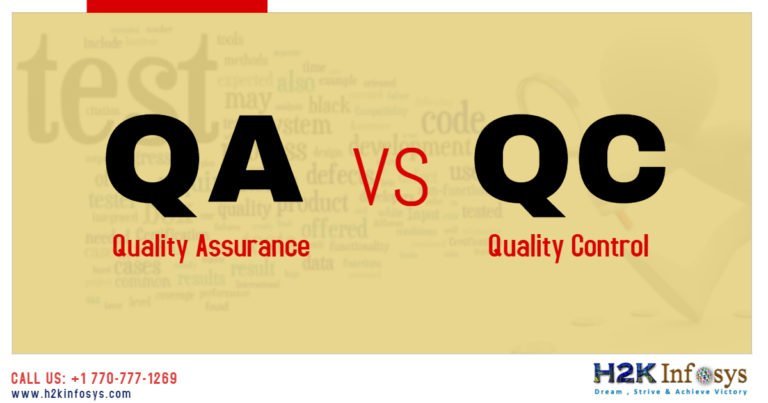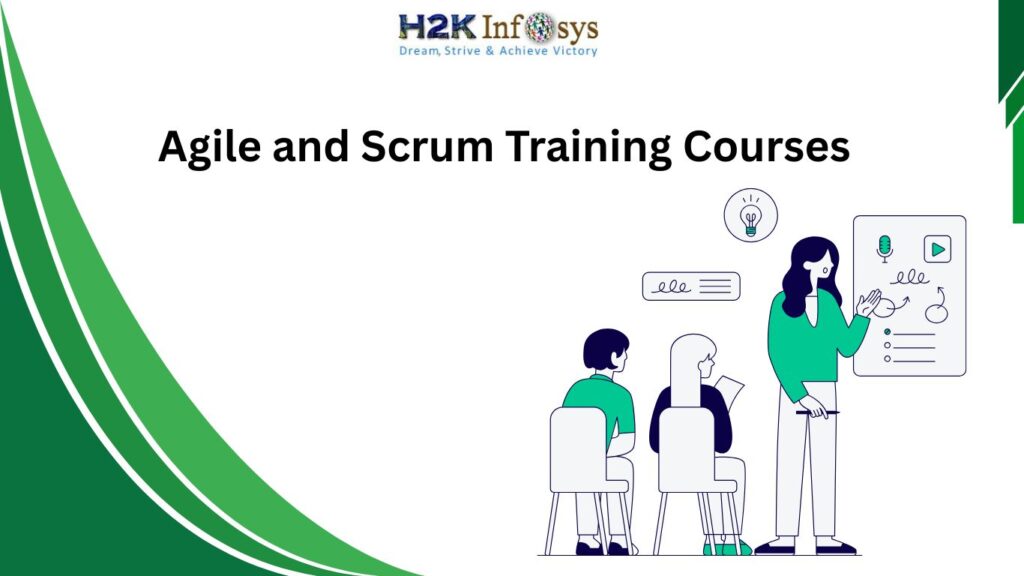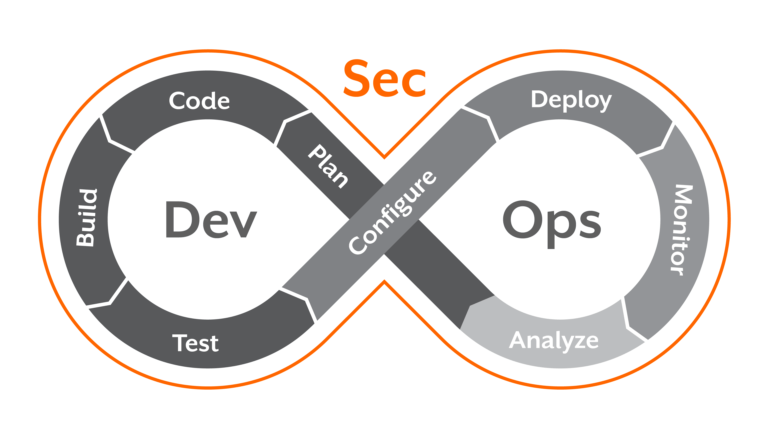In the modern era of software development and manufacturing, the terms Quality Control (QC) and Quality Assurance (QA) are often used interchangeably, but they have distinct roles in ensuring the quality of a product. Understanding the difference between these two practices is essential for professionals involved in delivering reliable, high-quality products to consumers. This blog post will delve into the nuances of Quality Control and Quality Assurance, highlighting their importance in various industries, especially in software development and manufacturing.
For beginners, a QA certification or Online courses for QA testing can be a crucial step in understanding the practical applications of these concepts. We will explore both QC and QA, their key differences, and how you can apply this knowledge in real-world settings, such as software testing, with the aim to provide a complete guide for anyone considering a career in this field
- What is Quality Assurance?
- What is Quality Control?
- Association between QA and QC.
- Quality Control vs Quality Assurance activities.
- Quality Control vs Quality Assurance.
- Summary.
Difference between Quality Control and Quality Assurance
QA (Quality Assurance) and QC (Quality Control) these two phrases are oftentimes interchangeably related, and people confused them. Terms are similar however; real purpose is non-equivalent. Let’s understand the terms and contrasts in them through the explanation given below.

What is Quality Assurance?
Quality terms simply mean satisfying users’ expectations and specifications regarding the product’s design, functionality, reliability, stability, and cost. Assurance of a product or any service means that it’s going to serve adequately. It guarantees that the product will function according to expectations or specifications without an issue. Quality Assurance (QA) implies a systematic process that determines if a product satisfies specific expectations and obligations.
The ISO (International Standardization Organization) an international federation of organizations is a driving strength for introducing QA. It comprises of a set of standards that are designed to map processes and schemes for implementing QA. Many businesses use ISO 9000 to guarantee their quality assurance scheme is up and running efficiently.
As per ISO, it is defined as “part of quality
management focused on providing confidence
that quality requirements will be fulfilled.”
QA sets plus retains measures for reliable products to be developed or produced. A quality assurance scheme is intended to lift the trust of clients. It obtains the credibility of a business which helps to also enhance job plans. Moreover, it leads to business success and allowing a business to compete strongly with other competitors within the market.
What is Quality Control?
Quality control (QC) term means a method through which the quality of every part included in the production is reviewed by entities. These processes do not deal with the methods involved in the creation of a product; it considers the “Final products” result.
As per ISO 9000, it is defined as “part of quality
management focused on fulfilling quality requirements.”
Quality control’s main objective is to check that the products meet the customer’s specifications and requirements. If a problem or problem is identified, it must be resolved before the customer is delivered. QC also assesses people on their sets of skills at the quality level and provides training and certification. This assessment is necessary for the service-based organization and helps to provide customers with a “perfect” service.
QC approach involves three aspects. First, components like controls, job management, processes defined and very well managed, reliability and credibility criteria and record identification. Second, Competence, such as knowledge, skills, experience, and qualifications. Third is soft components, like Staff, integrity, support, corporate culture, encouragement, self-belief, and quality of bonds. Inspection is a major component of quality control, where visually examining the physical product. Lists and descriptions of unacceptable product defects such as cracks or surface defects will be provided to product inspectors.
The most significant benefit of implementing quality control is that it develops and promotes quality awareness among the factory workers, which is of great help in attaining the required quality level of the product. Production costs are significantly decreased by conducting efficient inspection and control of manufacturing procedures and activities. Quality assurance further controls inferior product manufacturing and waste, thereby significantly reducing manufacturing costs. By generating better quality products and meeting the requirements of the customer, quality control in people’s minds increases the goodwill of the concern. A reputable issue can readily increase market finances.
Association between QA and QC
QC is a subset of activities related to QA.

Quality Control vs Quality Assurance activities
Quality Assurance | Quality Control |
| Training of Quality Standards and Processes | Checkpoint review |
| Tool Identification and selection | Inspection |
| Defining Process | Testing |
| Quality Audit | Walkthrough |
Quality Control vs Quality Assurance
Quality Assurance | Quality Control |
| QA is a procedure that emphases on giving assurance that quality requested will be accomplished | QC is a procedure that emphases on fulfilling the quality requested. |
| QA aims to manage quality- Verification. | QC aims to verify the quality-Validation |
| QA does not include the execution of the plan | QC always include execution of the plan |
| QA is a proactive measure. Proactive measures are preventive actions made to reduce the possibility of an incident, and they also set up techniques or procedures to lessen the damage triggered by the accident at the workplace. | QC is a Reactive measure. Reactive measures, on the contrary, are normally random decisions that react to an accident. Generally, these reactions are not the preferred way to deal with the incident. When people get hurt, there is chaos that opens the door to panic and it is poor decision-making. |
| The objective of QA is to prevent the defect | The objective of QC is to detect and fix the defect |
| QA is Process focused. A company using the process approach develops a business model based on brainstorming, group discussion, in stages of separate but interrelated activities. The process approach includes resource management and enhancement measurement. The challenge for managers is to ensure that the overall strategy is addressed by individual processes. | QC is Product focused. It compares the production of a business to the amount spent on producing a product, and companies adopt a successful business model previously tested by another organization. This approach’s main thrust is “correctness” or how carefully you manage to adhere to the business or process model. |
| QA is a Preventive technique. In reaction to identifying potential sources of non-conformity, preventive actions are introduced. | QC is a Corrective technique. Corrective measures are introduced in reaction to client complaints, unacceptable product non-compliance levels, problems detected during an inner audit, as well as negative or unstable product and process surveillance trends as recognized by SPC(statistical process control). |
| A primary motivation is to avoid system flaws. It’s an activity that takes less time | QC’s primary reason is to detect system flaws or bugs. It’s an activity that takes more time. |
| QA involves the procedure to generate the deliverables | QC involves the procedure to verify the deliverables |
| QA applies the statistical technique is identified as SPC or Statistical Process Control (SPC) | QC applies the statistical technique is identified as SQC or Statistical Quality Control (SQC) |
| QA is a low-level activity, it can recognize errors and inconsistencies that QC cannot identify. | It is a higher-level activity, it can recognize errors and inconsistencies that QA has been unable to identify. |
| QA aims for complete SDLC (software development life cycle) | QC aims for complete software testing life cycle |
| QA is executed prior to Quality Control | QC is executed after QA activity is completed |
| QA establishes standards and methodologies to fulfill customer expectations | QC verifies that while working on the product, the standards are followed properly. |
| QA needs the participation of the entire team | QC needs the participation of the testing team |
| QA guarantees that everything is done properly, and that is why it falls within the scope of the verification operation | QC ensures that everything we have accomplished is in accordance with the necessity, and that is why it is validated |
Conclusion
Understanding the differences between Quality Assurance and Quality Control is crucial for anyone involved in product development, be it in software, manufacturing, or pharmaceuticals. Both practices play an integral role in delivering a high-quality, defect-free product.
If you’re looking to enhance your skills in quality management, now is the time to consider enrolling in a QA certification for beginners or exploring online courses for QA testing to take your career to the next level. These courses will equip you with industry-relevant knowledge and hands-on experience, setting you apart in the competitive world of quality management.
Call to Action
Ready to start your journey in Quality Assurance and Quality Control? Enroll today in H2K’s QA certification for beginners and online courses for QA testing! Gain the knowledge, skills, and confidence to excel in this growing field, and become a sought-after quality management professional.
































One Response
Thanks for the great article, I really liked it and found the information provided useful.